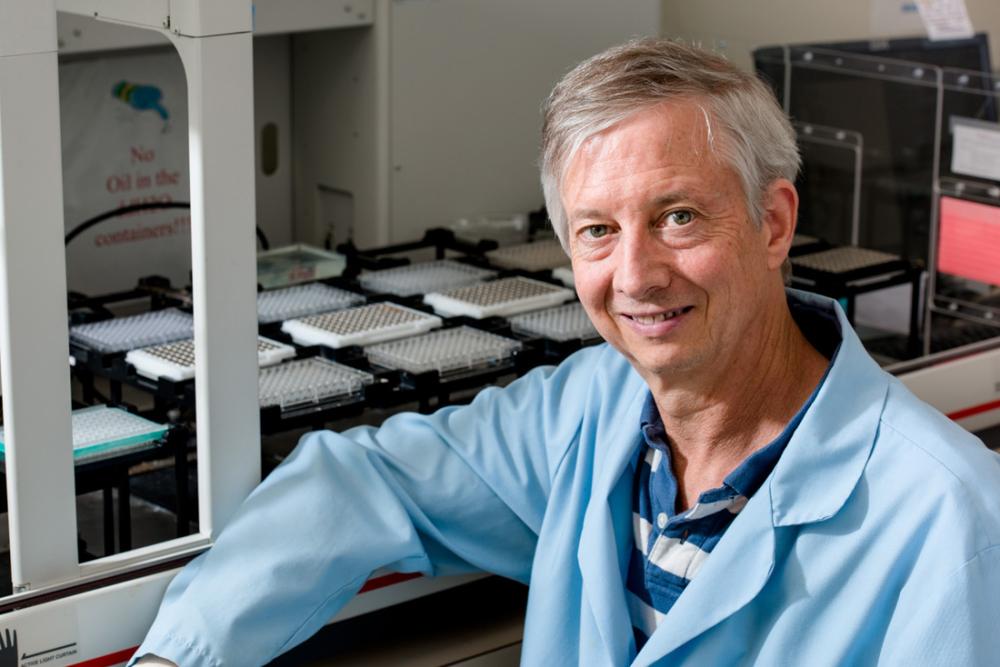A study of cervical cancer tumors has revealed a mutation in one third of those tumors, suggesting a new approach in drug production for cervical cancer.
The study examined the tumors of Guatemalan women with cervical cancer to better understand the molecular basis of the disease in that region of the world. In Latin America, cervical cancer results in more than 28,000 deaths annually.
Over the past four years, data has been collected from cervical cancer patients at the Incan Hospital in Guatemala. Their human papillomavirus (HPV) type was identified (more than 90% of cervical cancers are caused by HPV), and their tumors were sequenced to look for mutations. Additionally, genomic characterization was performed on the patients. The scientists were interested in the mutation responsible for cervical cancer and found that a mutation of the PIK3CA oncogene is present in multiple tumors.
The PIK3CA gene is part of the PI3K family of enzymes, which is involved in cellular functions such as cell growth, proliferation, differentiation, motility, survival, and intracellular trafficking. These signal transducer enzymes are often overactive in cancerous tumors and thus partly responsible for their uncontrolled growth and survival.
The PIK3CA gene sends signals from outside to inside the cell to induce the phosphorylation of lipids in order to alter them within cell membranes. In normal cells, a growth factor binds to a receptor molecule, activating it to send a signal to the next molecule, and so on. But the PIK3CA mutation continuously relays the signal, leaving the pathway on and activated without a growth factor. This causes the cell to experience uncontrolled growth and become cancerous.
The PI3K pathway is frequently activated in many cancers, but the study revealed that the mutation occurs in a different portion of the PIK3CA protein than in most other cancers. Thus, many PI3K inhibitors in clinical trials target the wrong area of the pathway and are ineffective as a treatment. The mutation’s unique location causes different, unknown pathways of molecules to be activated. When one element of the system changes, the activation of the following elements can be altered as well.
Michael Dean, Ph.D., chief, Lab of Translational Genomics, Division of Cancer Epidemiology and Genetics, who worked on the study, said that until they “find the exact downstream molecules that are activated,” he recommends testing a drug that inhibits PIK3CA directly.
Since the available drugs do not inhibit the whole pathway, they are ineffective at preventing the development of cervical cancer from the PIK3CA mutation. Inhibiting only certain elements of the pathway can cause unforeseen consequences in the activation or inhibition of other molecules.
Most women who have HPV do not develop cervical cancer, which suggests that some type of mutation, in addition to HPV, is necessary for the cancer to grow. Nevertheless, this mutation is not always in the PI3K pathway. The World Health Organization’s plan to fight cervical cancer is to test individuals for HPV and then focus its resources on those who are infected. The Lab of Translational Genomics successfully produced an inexpensive and effective HPV test, but it was too technologically complicated to be used outside the lab. The lab then switched to another test created in Hong Kong that is easier to produce and costs just $3–4.
Most recently, NCI and The Cancer Genome Atlas published a paper in Nature on cervical cancer. They sequenced all the genes and did a more complete analysis. For now, the Lab of Translational Genomics is working to collect more data concerning PIK3CA and its relation to cervical cancer. They are looking inside the cell to understand the consequences of targeting different elements of the pathway, collecting tumors from a larger number of patients to determine PIK3CA mutation prevalence, and looking at PI3K drugs in clinical trials to consider if any are capable of inhibiting PIK3CA.


